
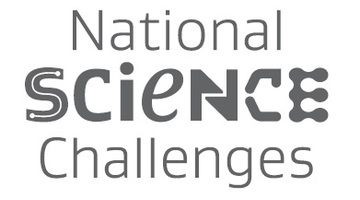
As New Zealanders looking to the future, we are faced with many opportunities – and challenges. These include improving the health of all our people, advancing our economic growth, protecting our ...
READ MORE

Scientists at Victoria University of Wellington are making new shapes of nanoparticles. These will help reduce poisonous emissions from car exhausts by making catalytic converters in cars more ...
READ MORE

Discussions of artificial intelligence (AI) are inseparable from questions of ethics. In 1942, Isaac Asimov famously popularised the idea that intelligent machines should adhere to a moral code ...
READ MORE

In this activity, students collect and record data and use it to create 2D and 3D images of an unseen surface. They will then understand some of the processes involved in mapping the unknown. By ...
READ MORE

Do you think that the space industry is limited to astronauts and billionaires? If so, you need to think again! You can have so many careers in aerospace. If you look at what most astronauts do ...
READ MORE

In this activity, students explore sunlight being converted into electricity. They are introduced to the concept of photovoltaics – making electricity from sunlight. They will become aware of ...
READ MORE

This citizen science project wants your assistance to extract information from various climate scientific graphics to help combat misinformation and support scientific communication. Using this ...
READ MORE
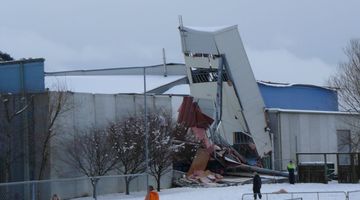
Large snow events in most parts of New Zealand are uncommon. However, if you are in the South Island or the central North Island, this citizen science project could be a great one for your ...
READ MORE
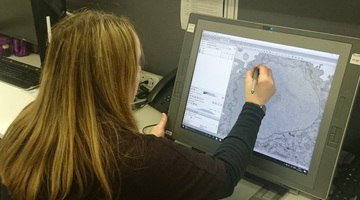
In this online citizen science (OCS) project, participants analyse electron microscope images taken of a range of biological samples, helping scientists better understand cancer, infectious ...
READ MORE

In this online PD session recorded on 2 June 2016, Andrea Soanes from the Science Learning Hub was joined by three guest presenters – all inspirational women working in STEM – who shared their ...
READ MORE

When St Francis Xavier Catholic School decided on the theme ‘Innovation’ as a whole-school science and technology focus, year 3 teacher Jo Collyer began searching for relevant teaching resources ...
READ MORE

Water is often the example we use when teaching about states of matter. Water is a ‘normal’ liquid or a Newtonian fluid. Some liquids behave quite differently to water. They are called ...
READ MORE
Dr Richard Tilley of Victoria University of Wellington explains what catalytic converters are and the role of catalysts. He also outlines why different shapes of nanoparticles are useful.
READ MORE
Prof Richard Haverkamp, of Massey University, explains why the small size of some nanoparticles helps them become good catalysts.
READ MORE
While Dr Richard Tilley of Victoria University of Wellington explains how surfactant chemicals are used to control size and shape of nanocrystals, we see John Watt making gold nanoparticles in a ...
READ MORE
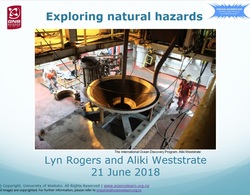
This is the slideshow that supports the Exploring natural hazards PLD webinar. Use the Slideshow menu for further options, including view full screen, and go here for the download option.
READ MORE

This slideshow, from the webinar Vision 20/20, provides additional support for the webinar video. Use the Slideshow menu for further options, including view full screen, and go here for the ...
READ MORE
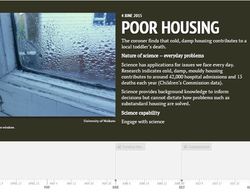
Select here for the best view of this interactive timeline. It combines the Rongomai School healthy homes investigation with the nature of science.
READ MORE